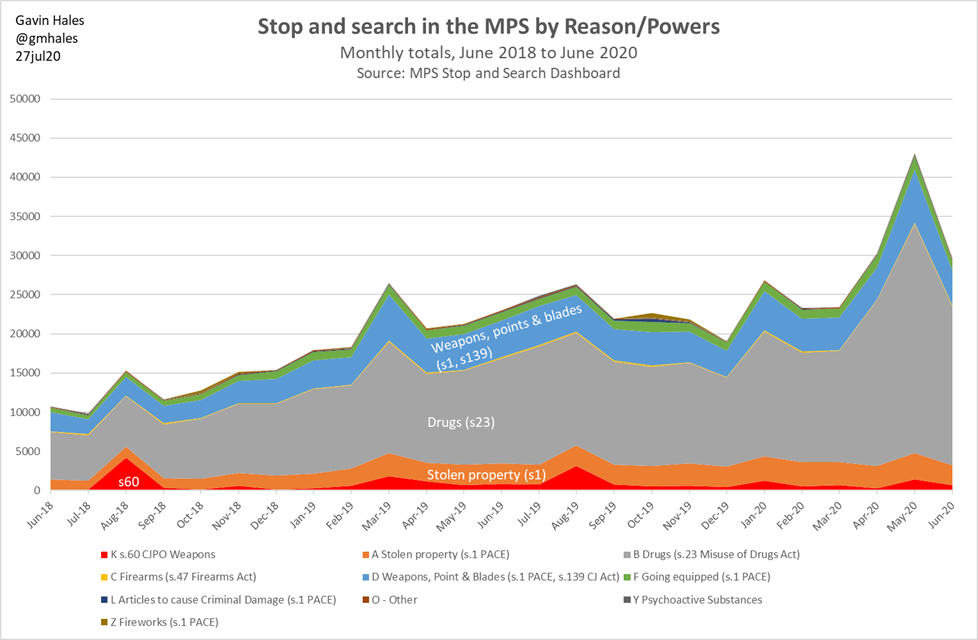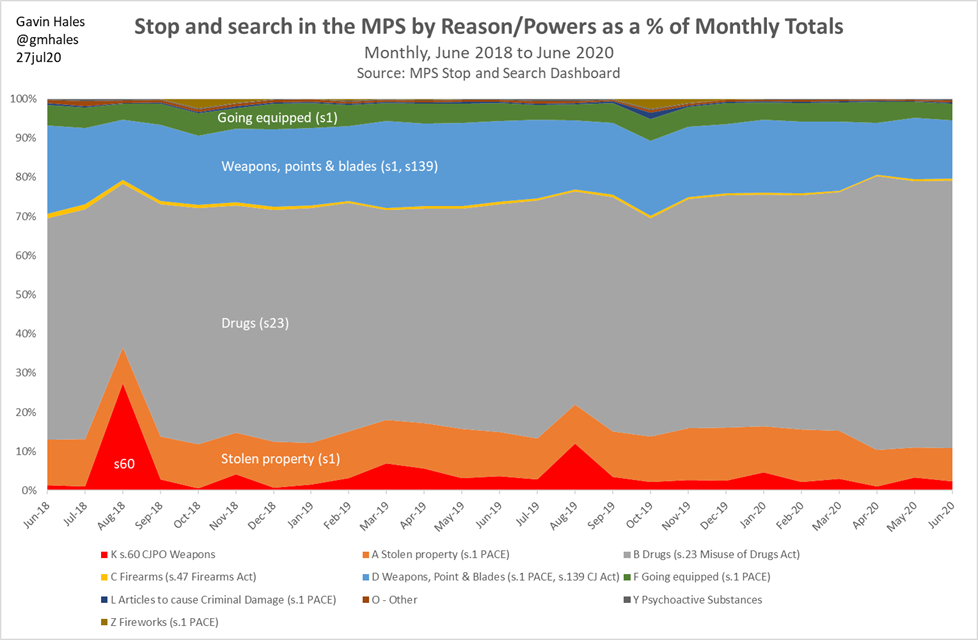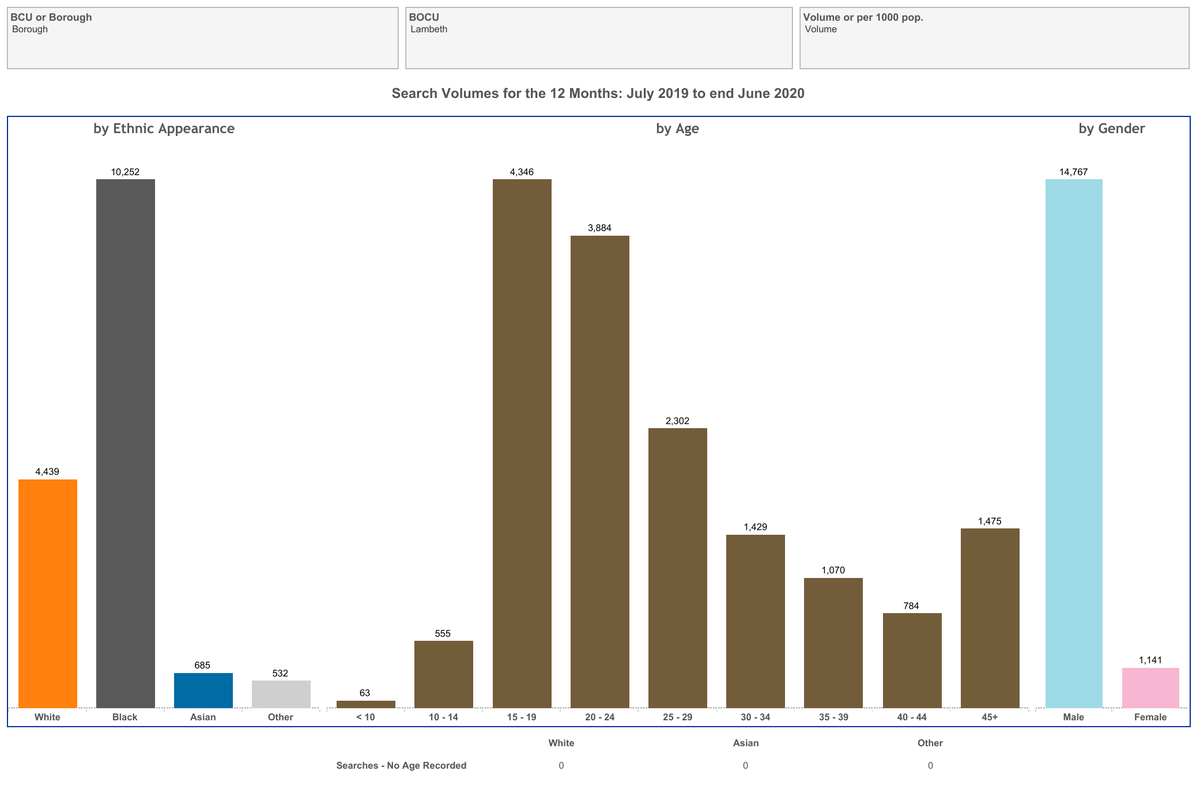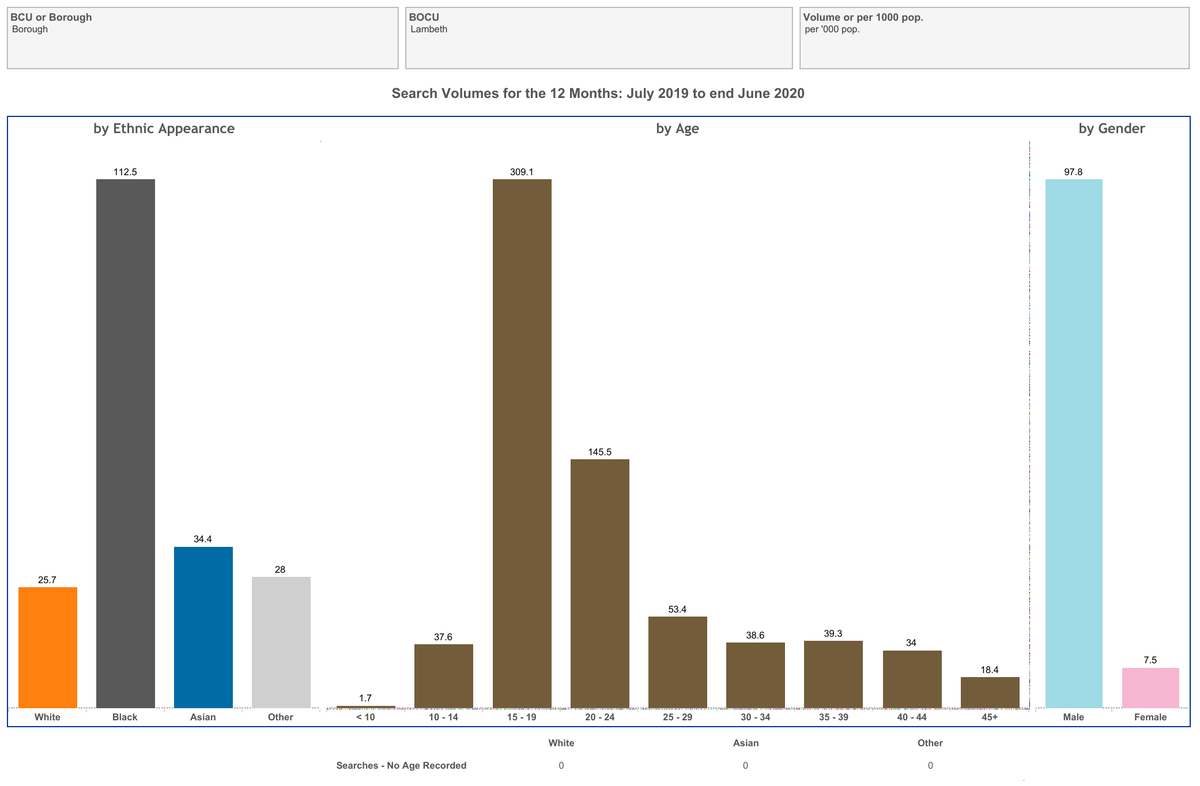
"The policing minister has defended plans to ease restrictions on stop and search powers for police, saying there is no feasible alternative if knife crime is to be tackled" #stopsearch
1/ theguardian.com/law/2021/jul/2…
1/ theguardian.com/law/2021/jul/2…
Note the policy relates to s60 ('suspicionless') powers only. This is significant because many officers will tell you most stops done under s60 could be done under a suspicion-based power (eg s1 PACE), and therefore there often is a 'feasible alternative' to s60. @kitmalthouse
Worth adding that s60 powers are only used in a v small minority of #stopsearch
3/
https://twitter.com/gmhales/status/1287772501737639939
3/
• • •
Missing some Tweet in this thread? You can try to
force a refresh








